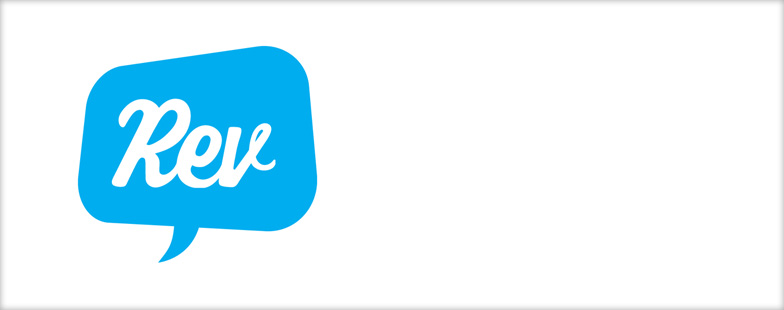When we started Substance, our focus was on the interactive brand experience: how people interacted – on a company’s website, through online conversations on social networks, via mobile applications, or whatever the platform – defines a person’s brand perception. Three and a half years later, our focus continues to be on the interactive brand experience, but has deepened to providing strategy, tactics and implementations in creating brands that interact. This is articulated through our recent work on the Rev brand for the Apollo Group.
We were brought in on this project to define the brand, design the identity, and create appropriate methods in which the brand could interact. Starting with some great research, strategic work and the naming of “Rev” done by IDEO, the challenge put to us was to completely rethink what a health and wellness program could, and should, be. And represent this graphically, with the appropriate voice, through interaction online and offline, and help launch the new brand (with Lee Weinstein and Associates) to 14,000 employees.

Health and wellness programs provided by large corporations to employees often felt mandated, yet this commitment to healthy choices isn’t always represented in the work environment, supported by managers, and simply not “fun.” The Apollo Group didn’t want this to happen, and understood that in order for people to want to make health and wellness a priority, people had to feel it was their program, not a mandated program. To overcome these obstacles, we set out three goals the brand needed to represent:
A Collective Cheer
This is not one person succeeding or facing adversity alone. This is everyone, working together, supporting each other. And celebrating these accomplishments.
Opportunity is Where You Find It
Health and wellness doesn’t just happen in the gym. It happens in the breakrooms in having an apple instead of chips, in taking the stairs instead of the elevator, in drinking water instead of soda, in going for a walk at lunch instead of eating in front of a computer. Every decision has a repercussion, and the opportunity to make healthy decisions are all around, if we simply see them in that way.
Everyday Play
There was a time in our lives when exercise was effortless… it was called “playtime.” Everyday Play is the idea that exercise and making healthy choices doesn’t have to be a sacrifice, but could be playful. It could be fun again. This concept permeated many of the offline interactions of the brand.

Once we had these goals, we developed the identity to represent the Collective Cheer, and came up with ideas on how it represented Opportunity… placing the mark near elevator doors, directing them to the stairs. Next to water fountains. On baskets of fruit in the breakrooms. As signage in the farthest parking section from the office. And Everyday Play encouraged group walks, hopscotch in the hallway, challenging other groups in friendly competitions. All of this is an effort to let the employees own the program, show the accessibility of it, and demonstrate the support by management.
Of course there’s an interactive component as well… an online resource for health and wellness information, along with ways for employees to support each other in a health and wellness social network, where people can see the accomplishments of their peers and support them, as well as offer help to each other if setbacks occur.
There’s a quote from Eating the Big Fish, by Adam Morgan, that states:
“We are talking about symbols of change: Challengers deploy icons and symbols specifically to prompt reevaluation.”
Our goal with Rev wasn’t to create another health and wellness program, but to reevaluate what a health and wellness program could be. It wasn’t simply creating a brand, but creating a brand that interacts.
You can see more images from this project in our portfolio: http://findsubstance.com/portfolio/rev/
Leave a Reply